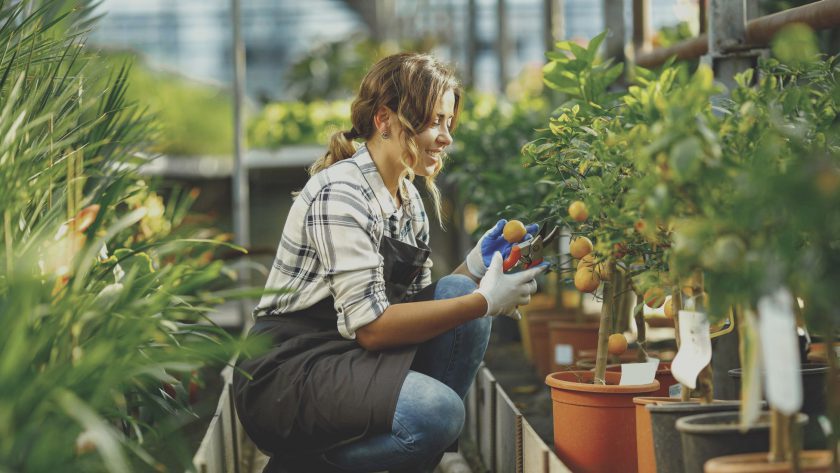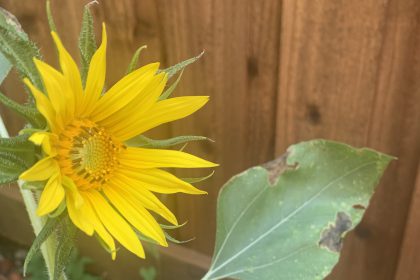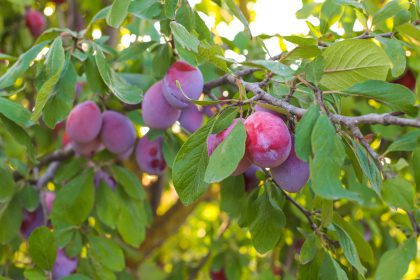Planting a potted tree is a simple process that can be easily accomplished.
Here’s a step-by-step guide on how to easily plant a potted tree:
- Choose the right time: The best time to plant a potted tree is during the dormant season, typically in early spring or fall. Avoid planting during extreme weather conditions, such as during hot summer months or freezing winters.
- Select a suitable planting location: Consider the tree’s sunlight, soil, and space requirements. Choose a location with adequate sunlight, well-draining soil, and enough space for the tree to grow to its mature size without obstruction.
- Prepare the hole: Dig a hole in the planting location that is slightly wider and at the same depth as the tree’s root ball. The width should be approximately two to three times the diameter of the root ball.
- Water the tree: Before planting, thoroughly water the tree in its pot to ensure the roots are hydrated and the soil is moist.
- Remove the tree from the pot: Carefully remove the tree from its pot by gently tapping the sides or squeezing it. If the tree is stuck, you can cut or loosen any circling roots at the bottom to encourage outward growth.
- Place the tree in the hole: Lower the tree into the hole, ensuring that the top of the root ball is level with or slightly above the surrounding soil. This helps prevent the tree from sinking too deep once planted.
- Backfill the hole: Fill the hole with the soil you removed, gently tamping it down around the roots to eliminate air pockets. Avoid compacting the soil too firmly to allow for proper root growth and water penetration.
- Create a water basin: Build a circular berm or water basin around the planting hole by forming a small ridge of soil. This basin helps retain water around the tree’s roots during watering.
- Water the tree: After planting, thoroughly water the tree to settle the soil and provide hydration. Use a slow, steady stream of water to ensure deep penetration into the root zone.
- Mulch the area: Apply a layer of organic mulch, such as wood chips or shredded bark, around the base of the tree. This helps conserve soil moisture, suppress weed growth, and regulate soil temperature.
- Provide ongoing care: To ensure the tree’s well-being, it’s important to consistently provide it with water, particularly during its initial growth stage. Follow any specific watering and maintenance guidelines recommended for the tree species. Monitor the tree for signs of stress or pest/disease issues and address them promptly.
Remember to consult any specific instructions or recommendations provided with your potted tree, as well as consider the specific needs of the tree species you are planting. If you’re uncertain, it’s always helpful to seek advice from local gardening experts or arborists for guidance specific to your region and tree variety.










